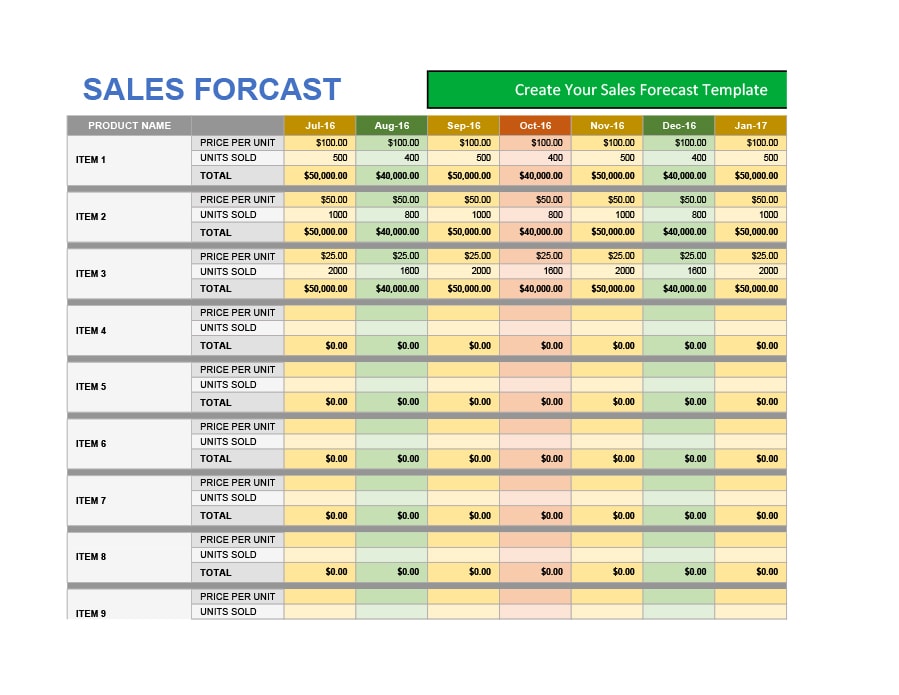From Gut Feelings to Goldmines: My Journey with ERP Retail Sales Forecasting
I remember a time, not so long ago, when running my retail business felt like steering a ship through a perpetual fog. Every season brought a fresh wave of anxiety. Would we have enough stock? Too much? How many staff should I schedule? What new product should I bring in? My decisions were largely based on a mix of intuition, a quick glance at last year’s numbers, and, honestly, a fair bit of hopeful guessing. We called it "gut feeling," but what it really was, was a recipe for stress, missed opportunities, and sometimes, outright losses.
Then, I discovered the magic – and I don’t use that word lightly – of ERP Retail Sales Forecasting. It wasn’t an overnight switch, but a gradual, transformative journey that turned my retail fog into clear skies. If you’re a beginner in the retail world, or even a seasoned veteran still wrestling with spreadsheets and hunches, pull up a chair. I want to tell you my story and explain why embracing retail sales forecasting with an ERP system could be the most impactful decision you make for your business.
The "Good Old Days" (or Not So Good): Life Before Smart Forecasting
Before I adopted a robust ERP system with dedicated sales forecasting capabilities, my business faced a cycle of predictable problems:
- Stockouts Galore: Imagine a customer walking in, eager to buy that trending item they saw online, only for us to say, "Sorry, we’re out of stock." That’s not just a lost sale; it’s a lost customer experience and potentially a lost customer forever. We were constantly underestimating demand for popular items.
- Inventory Bloat: On the flip side, we’d often over-order products that didn’t sell as well as anticipated. These items sat on shelves, collecting dust, tying up valuable capital, and eventually needing to be discounted heavily, eating into our profit margins. Our backroom was a chaotic graveyard of unsold goods.
- Wasted Marketing Spend: We’d launch promotions for items we thought would be hot, only to find we didn’t have enough stock to meet the generated demand. Or worse, we’d promote items that were already selling slowly, essentially throwing good money after bad.
- Staffing Nightmares: Scheduling my team was a constant headache. Too many staff on a slow day meant wasted wages. Too few on a busy day meant long lines, stressed employees, and unhappy customers.
- Lost Opportunities: We were always reacting, never truly planning. We couldn’t confidently invest in new product lines or expand our operations because we lacked a clear understanding of future demand.
This constant push and pull was exhausting. I knew there had to be a better way, but I didn’t know what it was, or how to get started.
A Turning Point: Discovering the Power of ERP
My "aha!" moment came during a casual conversation with another business owner. He spoke about how his business had transformed after implementing an ERP (Enterprise Resource Planning) system. At first, I was intimidated. ERP sounded like something for huge corporations, not my modest retail store. But he explained it simply: an ERP system is like the central nervous system for your business. It connects and manages all your core business processes – from sales and inventory to purchasing, finance, and customer service – all in one integrated platform.
What truly piqued my interest was when he mentioned its forecasting module. He explained that instead of relying on gut feelings, his ERP used actual data to predict future sales. This sounded like the superpower I desperately needed.
How ERP Retail Sales Forecasting Actually Works (Simplified for Beginners)
So, how does this "magic" happen? It’s less magic and more smart data analysis. Here’s a simplified breakdown of how ERP retail sales forecasting works and why it’s so powerful:
-
The Foundation: Historical Sales Data
The heart of effective retail sales forecasting lies in robust historical data. Your ERP system meticulously collects every piece of sales information:- What products sold?
- When did they sell (day, week, month, season)?
- At what price?
- What quantities?
- Which store location (if you have multiple)?

